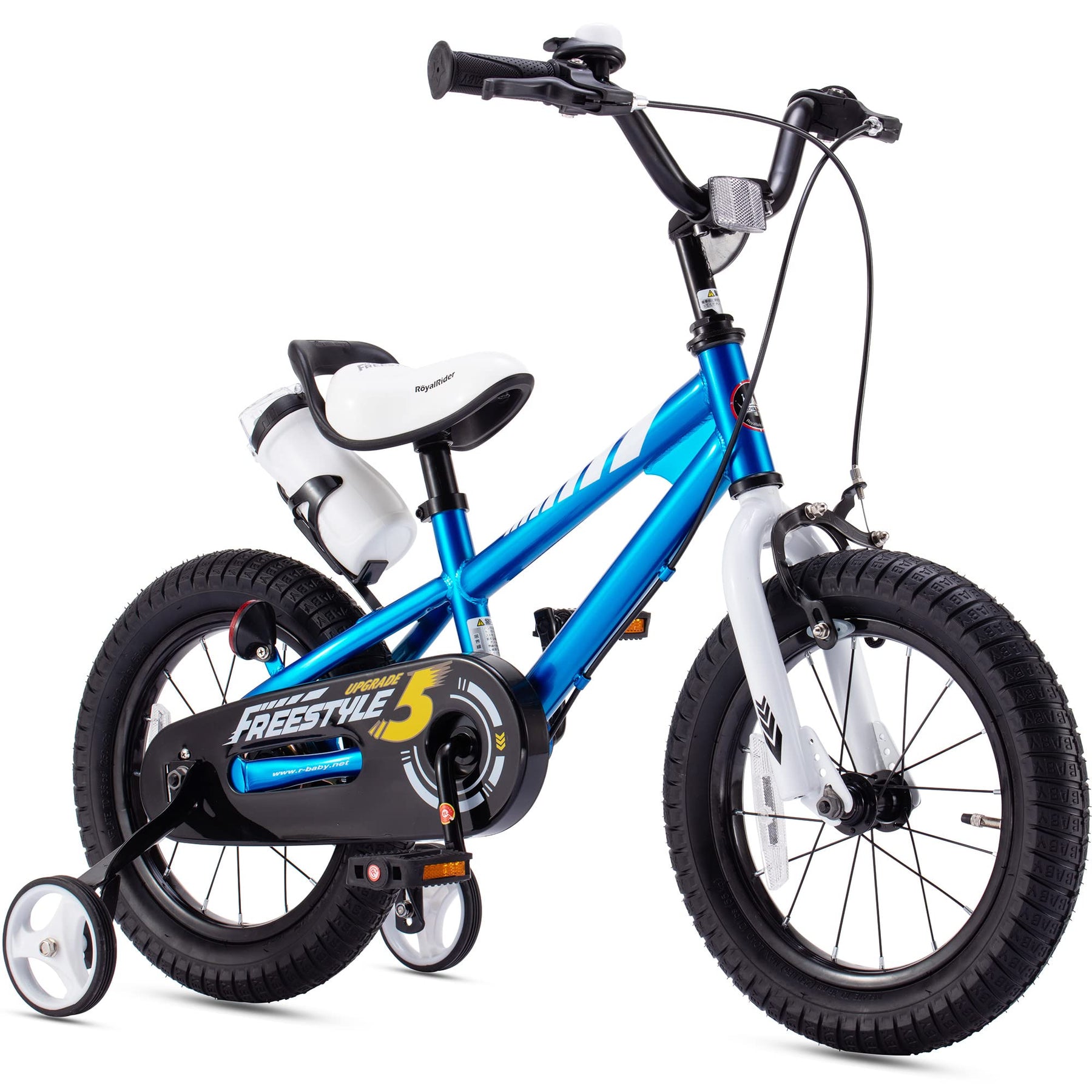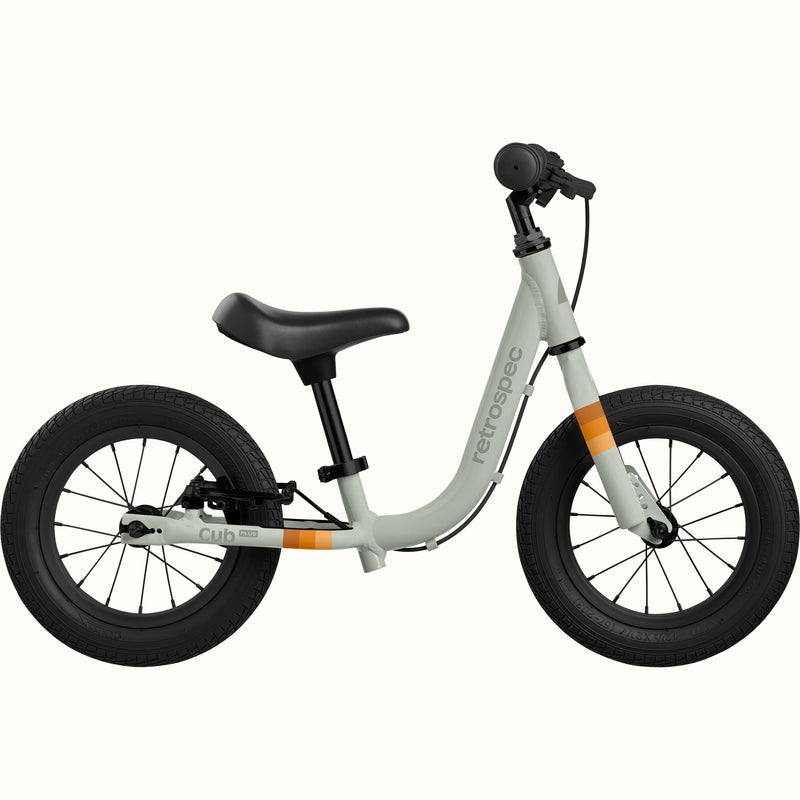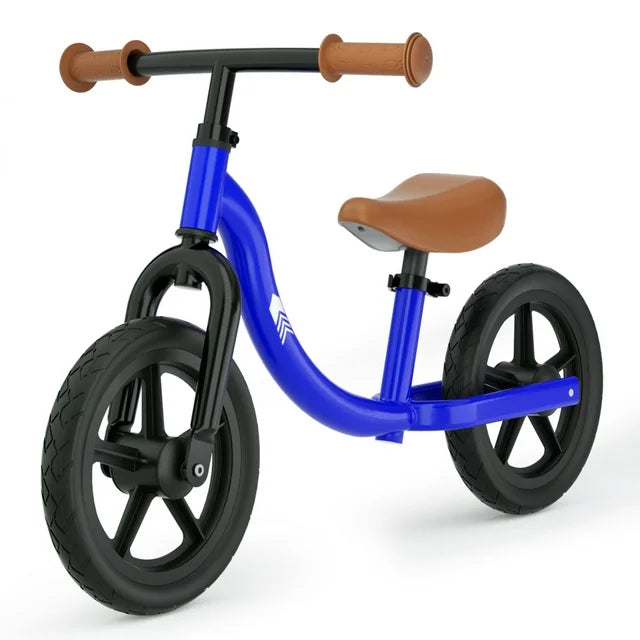Bike for Kids: Finding the Right Balance Between Fun and Safety
Just How to Select the Perfect Bike for Children of All Ages
Selecting the ideal bike for children calls for a nuanced understanding of various factors that satisfy their unique requirements. This process begins with assessing important elements such as age, elevation, and riding experience, which play a substantial duty in making sure a secure and delightful experience. Furthermore, the sort of bike can greatly influence a child's interest for riding, making it vital to align their interests with the proper model. The discussion doesn't quit there; exploring safety features and maintenance ideas will certainly additionally improve the overall cycling experience for your kid.
Understanding Bike Sizes
When selecting a bike for youngsters, comprehending bike sizes is essential to make sure both security and convenience. The proper bike dimension straight influences a kid's capacity to preserve and manage the bike balance, which is important for their confidence and pleasure of riding.
Bike sizes are generally categorized by wheel diameter, with typical sizes for children varying from 12 inches to 24 inches. An appropriately sized bike permits a youngster to position their feet flat on the ground while seated, offering stability and simple dismounting.
In addition, think about the kid's age and elevation when choosing a bike. More youthful kids normally require smaller frameworks, while older children may need larger bikes with more sophisticated attributes.
Crucial Security Attributes
Focusing on vital safety features is vital to making sure a safe and secure riding experience for kids. When selecting a bike, parents must concentrate on numerous important security components that can considerably enhance defense while riding.

Next, take into consideration the existence of reflectors and lights. These attributes enhance presence, making it simpler for others, consisting of drivers, to see the youngster while riding, especially in low-light problems.
A sturdy frame developed to hold up against impact is also vital. Materials such as light weight aluminum or steel can improve sturdiness, making certain that the bike can sustain rough usage.

Kinds of Bikes for Kids
Choosing the best type of bike for youngsters is vital for both enjoyment and skill advancement. bike for kids. There are numerous sorts of bikes developed to fulfill the varying requirements of young riders, each accommodating various ages and riding experiences
For kids aged 5 to ten, conventional bikes with training wheels can provide a feeling of safety while they learn to ride separately. These bikes come in different dimensions, generally varying from 12 to 20 inches in wheel diameter.
For older youngsters, mtb provide adaptability for off-road journeys, featuring durable frames and thicker tires for boosted grip. Road bikes, with their lightweight construction and narrow tires, are suitable for children interested in rate and longer adventures on smooth surface areas. BMX bikes are made visit for feat racing and riding, including a robust frame and smaller wheels.
Recognizing these kinds of bikes helps moms and dads choose the suitable version based upon their kid's age, skill level, and riding choices, ensuring a enjoyable and risk-free biking experience.
Selecting the Right Design
Choosing the right design of bike for kids can dramatically boost their riding experience and foster a long-lasting love for cycling. When selecting a bike, it's crucial to consider the youngster's age, ability degree, and meant usage.
For more youthful youngsters, balance bikes are an outstanding option, as they help create coordination and balance without the intricacy of pedaling. As they gain and grow confidence, transitioning to a pedal bike with training wheels can offer a smoother intro to biking.
For older kids or those that are extra adventurous, hill bikes offer sturdiness and adaptability for click here for more off-road routes, while roadway bikes cater to those curious about speed and longer distances on smooth surfaces. Additionally, BMX bikes provide a fun option for tricks and stunts in skate parks.
Design likewise plays a considerable duty; bikes come in various colors and designs, attracting a kid's individuality and preferences. Inevitably, the appropriate bike must match the kid's riding aspirations, guaranteeing they feel ecstatic and motivated to ride regularly. By meticulously thinking about these variables, moms and dads can choose a bike that not just fulfills practical demands but likewise inspires an interest for biking.
Tips for Maintenance and Care
Regular maintenance and treatment are important for maintaining a youngster's bike in optimal condition and ensuring a secure riding experience. To start, routinely check the bike for any kind of signs of wear or damages - bike for kids. Inspect the tires for proper rising cost of living and step wear, as under-inflated tires can impact performance and safety
Next, examine the brakes to guarantee they work effectively. Squeaky or unresponsive brakes can lead to crashes. Oil the chain regularly to stop corrosion and make sure smooth pedaling; utilize a bike-specific lubricant for finest outcomes.
Additionally, maintain the bike clean by wiping down the frame and elements to remove dust and debris. This not just enhances the bike's look but likewise prolongs its life-span.
Adjust the seat elevation as your child expands to advertise correct position and comfort while riding. Finally, encourage your child to take part in the maintenance process, fostering a sense of responsibility and look after their bike.

Final Thought
Guaranteeing the bike fits the youngster's height and inseam promotes security and comfort. By matching the bike design to the child's passions and making sure proper upkeep, a secure and delightful biking visit this website experience can be achieved, cultivating a lifelong love for cycling.
Additionally, the type of bike can considerably influence a youngster's excitement for riding, making it important to straighten their passions with the suitable version. Younger kids usually call for smaller sized structures, while older youngsters might require larger bikes with more sophisticated attributes. For youngsters aged 5 to 10, conventional bikes with training wheels can give a sense of protection while they learn to ride individually. Ultimately, the appropriate bike needs to match the child's riding aspirations, guaranteeing they feel determined and ecstatic to ride regularly.Normal upkeep and treatment are important for maintaining a youngster's bike in ideal condition and making certain a safe riding experience.